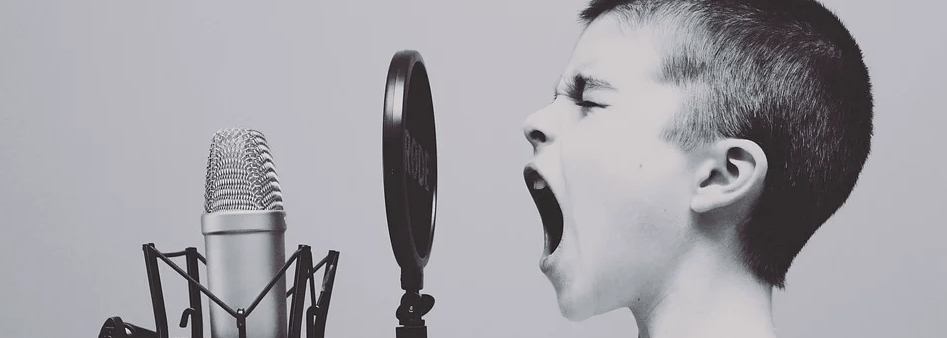PROCEDURE
Practice singing along with the music and the backing track till you get it right. Sing it ten times thru and you should be OK. If you see any differences between the score and the audio guide, follow the score.
To record, sing 80 cm from the mic/phone to reduce breath sounds and lip pop. Record in a quiet, soft room, without hard reflections. Sing along with the count-in, to tune you in for the first note.
Remember, we want ONLY your voice, NOT the backing track. Play the backing track on another machine and listen to it on headphones or earbuds. Also, if police or ambulance sirens pass your window, then start again!
RECORDING EQUIPMENT
We need uncompressed audio, ideally sung into a decent microphone. Here are some ways to get it.
- The simplest is an all-in-one solution like the Tascam DR-40X (€169). Switch it on. Record. Export the file and send it to me.
- Download Audacity. It’s a free audio-recording app, currently available for Windows, Mac, or Linux. Switch off the Noise Reduction on your computer microphone, like this: Control Panel > Hardware and sound > Sound | Manage audio devices > Recording tab > Microphone array > Properties > Advanced tab > Switch off “Enable Audio Enhancements” > click “Apply”. Open Audacity. Push the red record button and sing directly into your computer microphone. Then send me the file. This method is fine for choral parts, and better than a phone recording. The main issue is the quality of your computer mic.
- For a better-sounding mic for your computer, try the Samson Meteor (about €89 on Amazon) or the Shure MV5 (about €100), which is Apple-certified. Either will provide a much better sound than your built-in computer mic. Actually worth getting for any kind of online recording or communication.
- Find a friend with audio recording equipment and get him or her to record you. I’m happy to record folk in the choir room from time to time. I can do as many as we can fit into the timetable.
- Use your phone. Switch off the noise reduction (aka audio compression) so you don’t sound like a robot. This is how you do it for iphones: Switch off Noise Reduction. (I haven’t found a way to do it for android phones.) Or install a free audio-recording app on your iphone or android.
ONLINE RECORDING PROJECT FILE FORMAT
Your recording equipment may output in any one of a variety of formats.
If you are using a good quality mic (like the Tascam, Samson, or Shure), send me the file as 24-bit mono wav.
If you’re using an android phone, send them to me as they come (mp3).
If you are using an iphone, it will export m4a files which you should please convert to “mp3 320 kbps (Best quality)” files at this link: https://online-audio-converter.com/
Send me the file, by email or We-Transfer and let me know.
Hope that’s all clear. Happy singing!
COPYRIGHT
This recording project is done in the spirit of amateur music-making. In sending your file to me, you agree to give me non-exclusive use of your audio recording for full-term of copyright.
MUSIC SCORES & BACKING TRACKS
Click the buttons below to go to our current recording projects. Then let me have your file. Happy singing.
